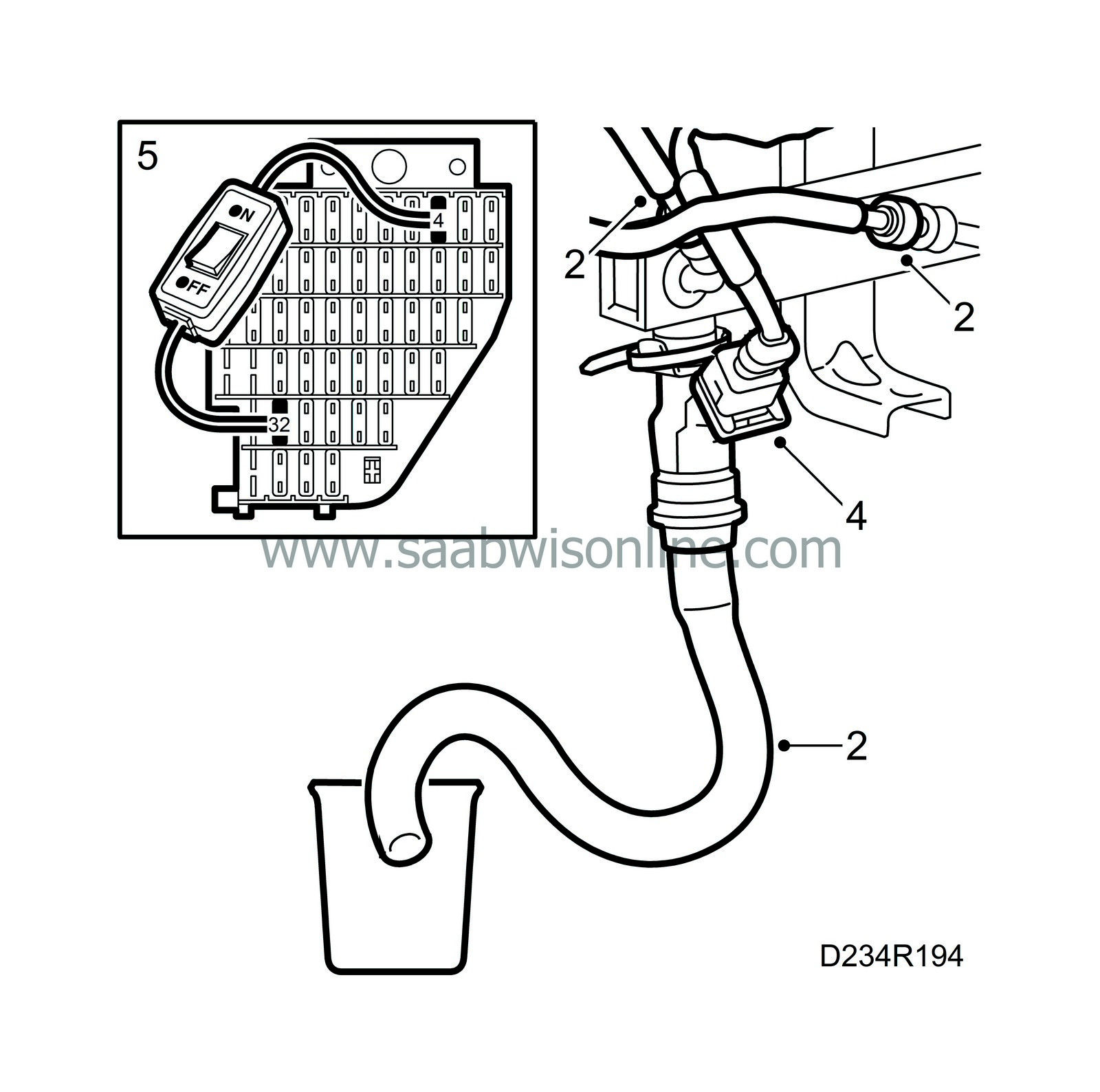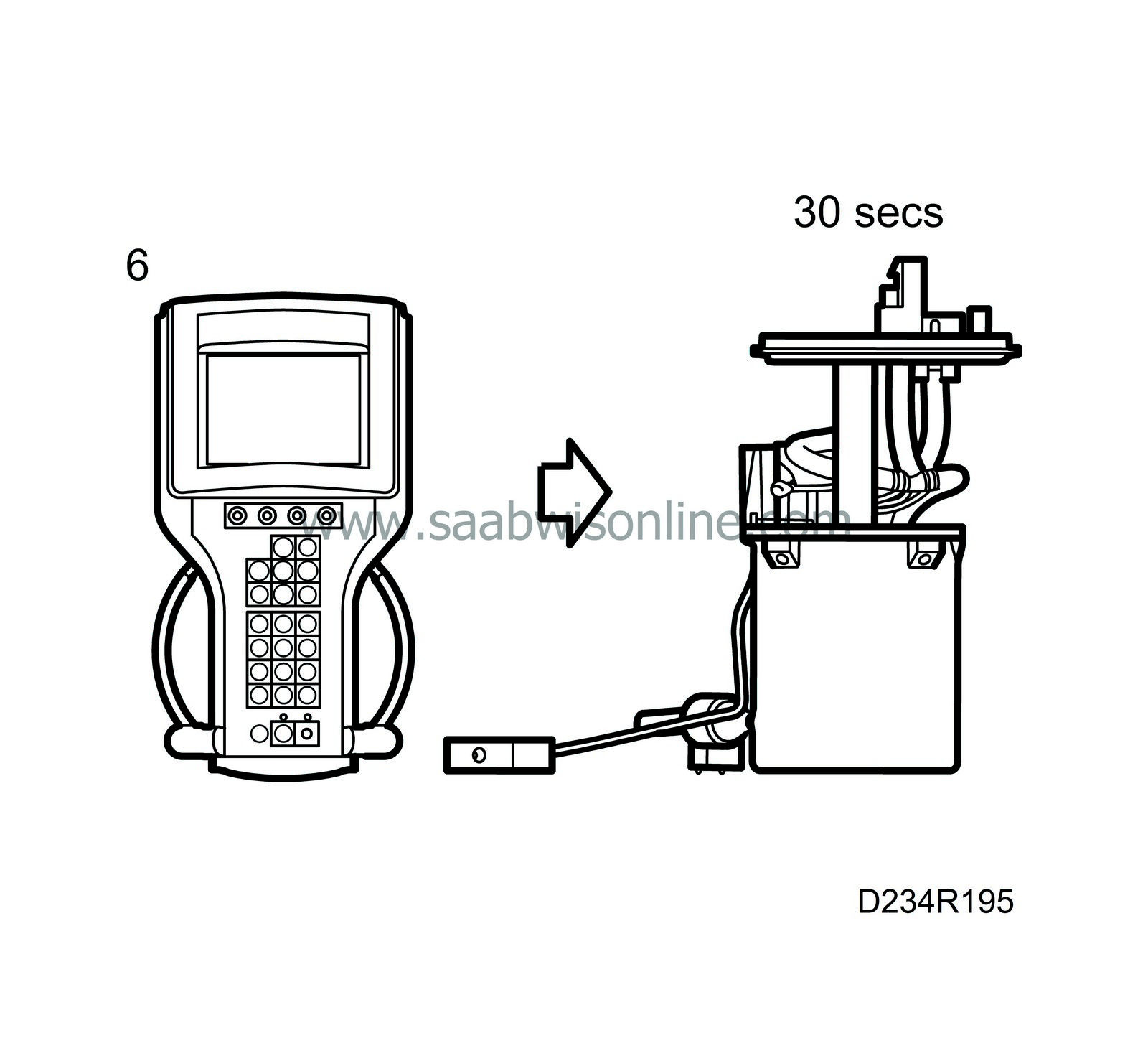Checking injector flow capacity
|
|
Checking injector flow capacity
|
 Warning
Warning
|
|
The check involves partial dismantling of the car's fuel system. The following points should therefore be observed in connection with the work:
|
|
•
|
Work only in a well-ventilated area! If approved equipment for the extraction of fuel vapour is available then make sure it is used.
|
|
•
|
Wear suitable gloves! Prolonged contact with fuel can cause skin irritation.
|
|
•
|
Keep a class BE fire extinguisher close by! Be mindful of the danger of sparks caused by short circuits and when connecting and disconnecting leads in electrical circuits.
|
|
•
|
Smoking is strictly forbidden.
|
|
|
|
|
|
|
Important
|
|
Great cleanliness must be observed when working on the fuel rail and injectors. Wash valves, fuel rail and intake manifold and clean them with compressed air.
|
|
|
|
1.
|
Remove the fuel rail, see
 .
.

|
|
2.
|
Fit the fuel connections to the fuel rail.
Fit a transparent hose on the nozzle. This hose should be about 40 cm long and have an inside diameter of 15 mm.
|
|
3.
|
Direct the hose into a receptacle/measuring glass.
|
|
4.
|
Plug in the connectors to their respective injectors.
|
|
5.
|
Start the fuel pump by connecting cable no. 83 93 886 between fuel pump fuse no. 32,
bottom pin
, and luggage compartment lighting fuse no. 4,
top pin
.
|
|
6.
|
Carry out the flow capacity check using the diagnostic tool. This tool will activate the injector by supplying it with battery voltage for exactly 30 seconds.

|
|
7.
|
The amount of fuel after
30
seconds should be:
B235R: 176 +/- 10 ml
B205R: 176 +/- 10 ml
B205L: 144 +/- 7 ml
The difference between the injectors should not exceed:
B235R: 20 ml
B205R: 20 ml
B205E: 12 ml
|
|
8.
|
Change any defective injectors.
|
|
9.
|
Detach the fuel connections from the fuel rail and fit the fuel rail as described in
 .
.
|
 .
.


 .
.

 Warning
Warning

